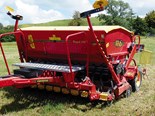Test: Vaderstad Tempo TPF8

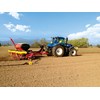
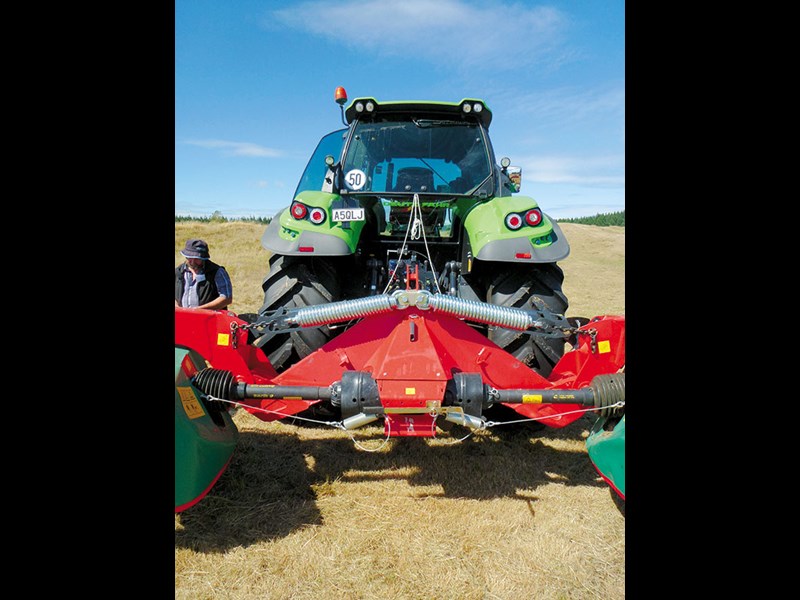

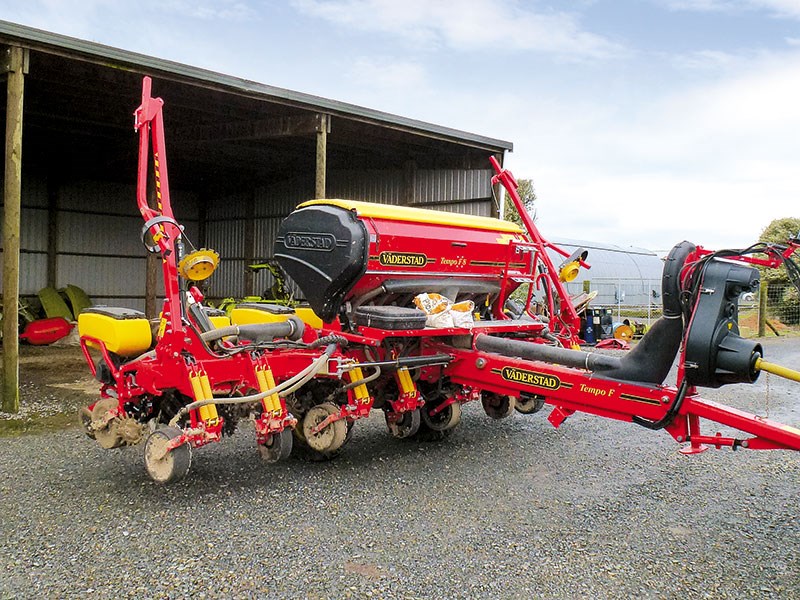

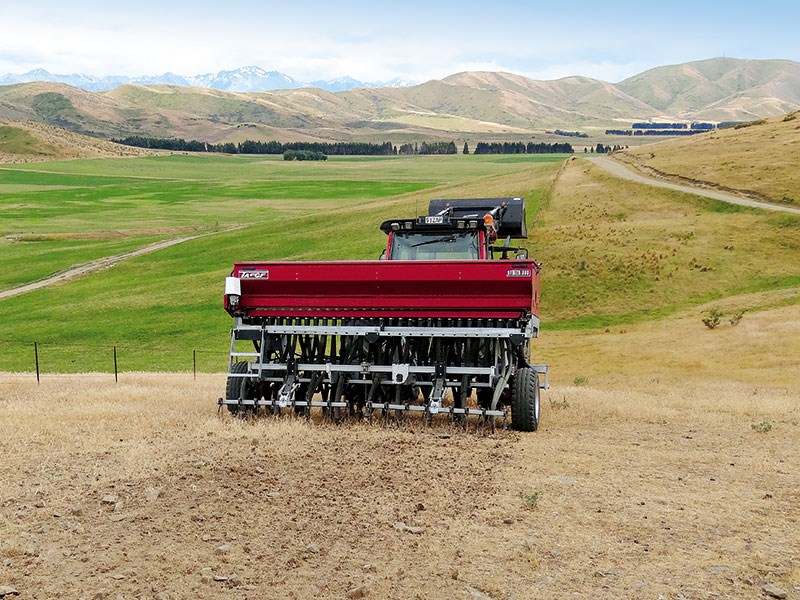

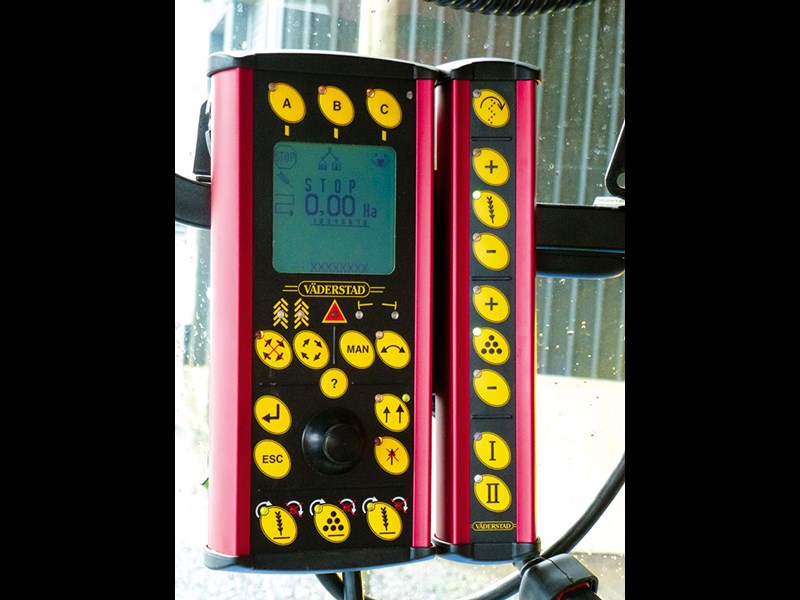




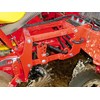


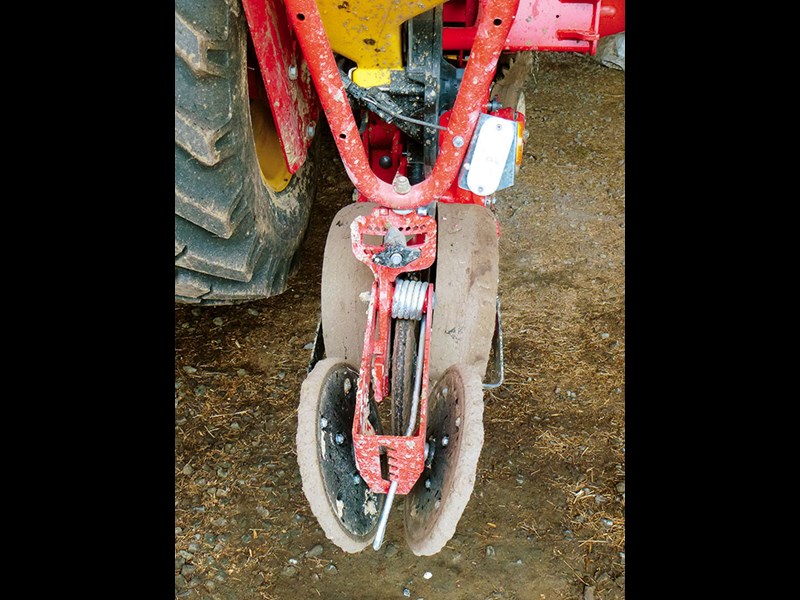


|

|

|

|

|

|

|

|

|
During a recent visit to the Waikato, Brent Lilley got a first-hand look at the Väderstad Tempo TPF8 precision planter.
I found the planter at its new home, Pratt Ag Contracting. Based in Waharoa, Pratt Ag cover the surrounding area. The machine was sold by the Norwood Farm Machinery Centre just up the road in Morrinsville, to replace an older Amazone planter and enable them to handle their increasing workload in a timely fashion.
The Väderstad Tempo TPF8 is a trailing eight-row precision planter which runs 750mm row spacings over its six-metre-width. Built on a solid box section frame, this allows the outside two row units on each side to fold round in front of the fertiliser box for a transport width of three metres. Two wheels carry the weight of the planter when in transport mode, while a further two spread the weight of the planter when working.
Fertiliser
The full width fertiliser bin has a substantial 1700-litre capacity, which keeps the machine operating for longer between fills. A roll top cover allows for easy access while keeping the weather out. A fold down step and an access platform on the front of the bin provides a safe area for operators when loading. When the machine is unfolded, smaller loaders may lack the height and reach to load the bin with half-tonne bags, although the optional hydraulic filling auger on the back would solve this.
The fertiliser metering units have been specifically developed from the well proven and reliable system used on the company's highly successful Rapid seed drills. Individual electronic metering on each of the eight rows allows for individual rows to shut off. Using in conjunction with GPS and task controller enabled hardware will save input cost when drilling triangles and difficult headlands.
As with most electronic driven metering systems, calibration is as simple as opening a hatch, running the metering unit, weighing the amount of fertiliser, entering that weight in the computer and letting it work out the rest to match the desired application rate. Fertiliser is metered into the airstream from the main fan to deliver to the coulters and a diffuser at the top of the coulter exhausts the excess air to maintain fertiliser delivery flow at very high rates.
Coulters for fertiliser placement also appear to be adapted from the Rapid drills and consist of a single notched disc mounted at a slight angle to open a furrow, with a boot to place the fertiliser. Gauge wheels running alongside the notched disc provide an accurate and adjustable depth setting for the fertiliser, as well as ensuring minimal disturbance of the ground in front of the planter unit. Discs are spring loaded to ensure ground penetration with 150kg of down force to keep it in the ground.

Seed metering
Like most planters, a metering disc with holes is used to meter out individual seeds at a set interval. However, unlike most planters, which use a vacuum system to hold the seed onto the disc, the Tempo uses air pressure to hold the seed to the disc. Seed is fed into the bottom of the metering unit from the main 70-litre hopper, which features a sealed lid to maintain pressure in the system. A level sensor in one hopper warns the operator when the seed level is getting low.
The seed is picked up by a hole on the metering disc and held there by the pressure of the air inside the metering units escaping out the holes. At the top of the disc are three adjustable wheels which are designed to knock off any doubles if more than one seed is stuck to a hole.
When the seed reaches the drop point, a rubber wheel blocks the hole stopping the air, allowing the seed to be carried by the exhausting air into the seed chute. A knockout wheel cleans each hole on the metering wheel after the seed has dropped, preventing it becoming blocked with debris.
Air pressure comes from a PTO driven fan out of the dust at the front, which allows smaller tractors to run the planter without fear of overheating the back end. The air is cleverly routed though the inside of the box section frame to the seeder units. This keeps the machine free of untidy hoses and pressure can be displayed on the control box.
Individual electronic drive to each row unit allows precise individual row shut off to save money when planting triangles and thin strips. Seed rate per hectare is calibrated simply by entering the desired rate and the number of holes on the metering disc into the monitor. The computer calculates how fast to run the metering disc in relation to the ground speed measured off the radar on the drawbar.
Interestingly, the planter also runs its own 12-volt electric system, with an alternator driven off the fan and a storage battery. This guarantees a constant power supply to all electrical components, a brilliant idea that anyone who has run large electrically driven planters on older tractors at night will appreciate.
Seed placement
While most planters simply drop the seed, the air pressure escaping from the metering unit in the Tempo shoots the seed down the dropper tube to the ground at speed, to improve accuracy when operating at higher speeds. A soft press wheel follows directly behind the seed shoot which immediately presses the seed into the ground and prevents any bounce. An optical sensor in the seed shoot firstly insures the seed is dropping but also measures the time between each seed to further improve accuracy.
Two 380mm diameter discs in a V pattern are used to open a furrow in front of the dropper tubes for the seed. Gauge wheels on the outside of both discs help maintain a uniform depth and prevent soil disturbance at high forward speeds. A parallel linkage connects each of the planter units to the main frame of the planter. A spring torsion bar allows the down pressure to be adjusted between 125kg and 325kg to suit all soil conditions, even direct drilling, according to Väderstad.
A further two 25mm-wide press wheels follow up at the rear of the coulter to cover and firm the soil around the seed. Seed depth is adjusted via a screw adjuster with setting marks cut into the steel that will never wear off.

Control box
Up In the cab of the big New Holland T7.250 I found the Väderstad control station. Those familiar with Väderstad machines will recognise this robust looking control box which is commonly used on many of their machines. It features large membrane panel buttons which are clear and easy to use. They control all the functions on the planter and a backlit screen shows a variety of info when planting.
For me, this is one area that lets the planter down, the control box is rather chunky and looking a bit dated, the small size of the screen makes navigating through menus somewhat confusing, although the Norwood team were quick to point out the newly introduced E-control system from Väderstad which gives further options to control the planter. Firstly, any ISOBUS terminal will give much better control, or even more interestingly via an iPad or tablet. With this new technology, software is downloaded to a tablet, which can then communicate wirelessly with the planter. This does away with cables from the planter and gives a clear colour touch screen monitor that can display a massive amount of information.
The verdict
As you would expect from Väderstad, a lot of thought has gone into the design of this machine and how things could be improved. They are certainly not afraid to approach problems from a different angle. This is evident in features such as the pressurised metering and seed delivery, along with electronic metering maintaining the accuracy at high forward speeds.
The fact that many components are directly transplanted from other tried and tested machines in the company's range is also great to see. A lack of mudguards on the transport wheels seems fairly minor, but mud and whatever else splashed up the fertiliser bin on what is otherwise a smart tidy looking machine.
Although not on this planter, the company's newly released E-control system is an exciting prospect that I'm keen to see in the future. Overall, this is an exceptional machine which is capable an exceptionally high output while minimising input costs.
Pros
- Large fertiliser and seed capacity.
- On board closed electrical system with its own alternator.
- PTO driven for low HP Requirements.
- Tried and tested reliable fertiliser delivery system from the company's Rapid drills.
- Pressurised metering units plant seed accurately at high forward speeds.
- Gauge wheels on seed and fertiliser coulters for accurate depth control.
- Individual row shut off.
Cons
- A minor issue but a lack mudguards means main box on the machine gets covered with whatever you have driven through on the farm race before you leave the property.
- Standard Vaderstad control station is adequate for the job, although these days you would probably expect a little more on a high-end machine, set to change with the introduction of the E-control which is now standard on all machines for the coming season.
For the latest farm machinery reviews, subscribe to Farm Trader magazine here.
Keep up to date in the industry by signing up to Farm Trader's free newsletter or liking us on Facebook




.jpeg)

.jpg)




